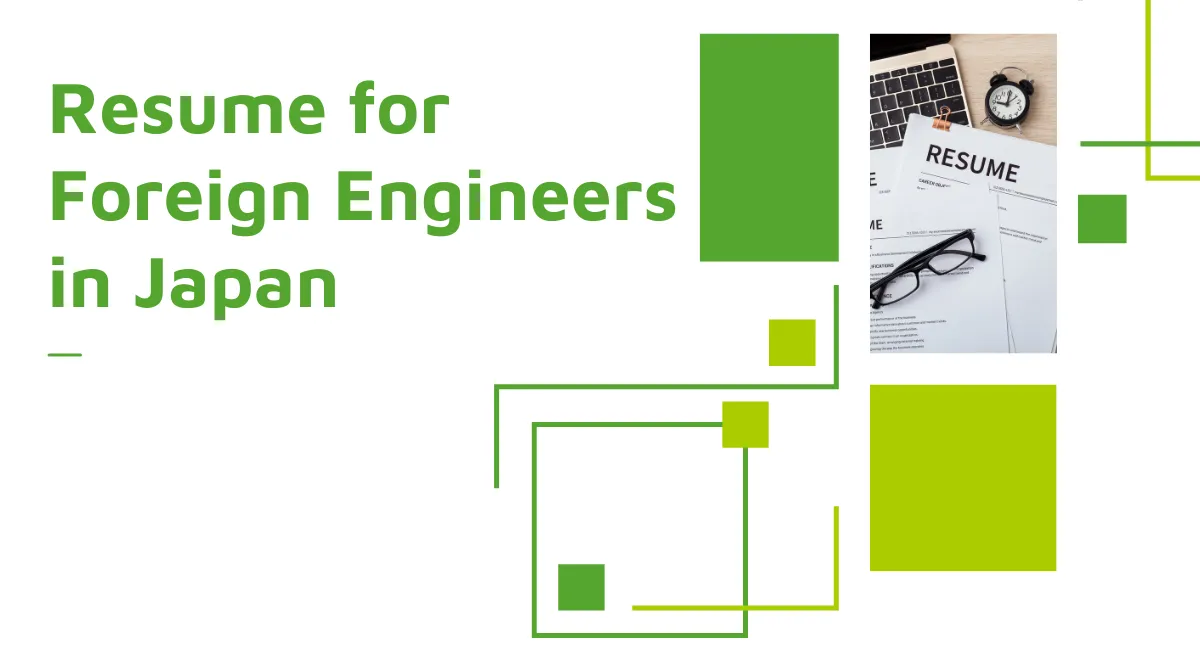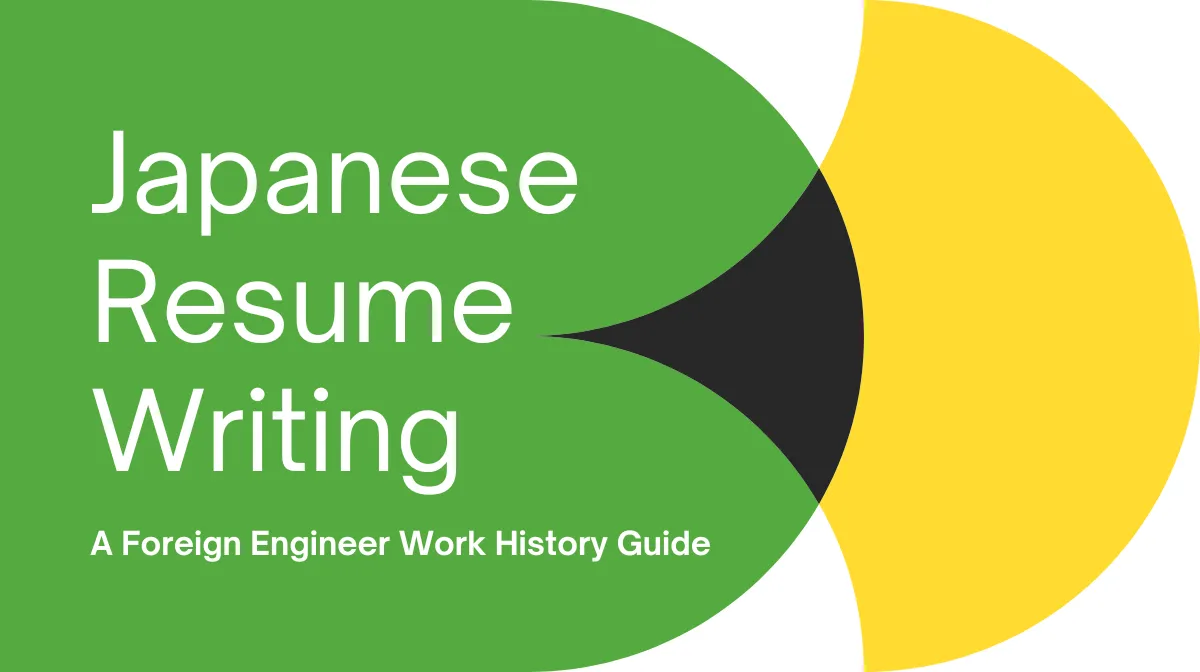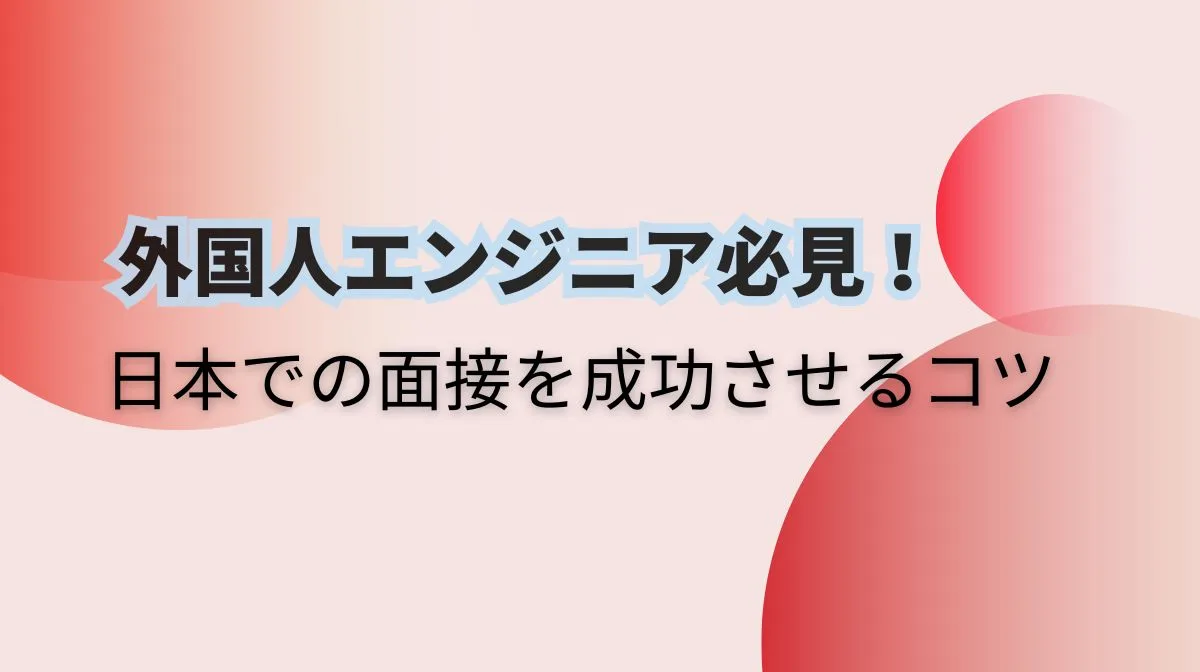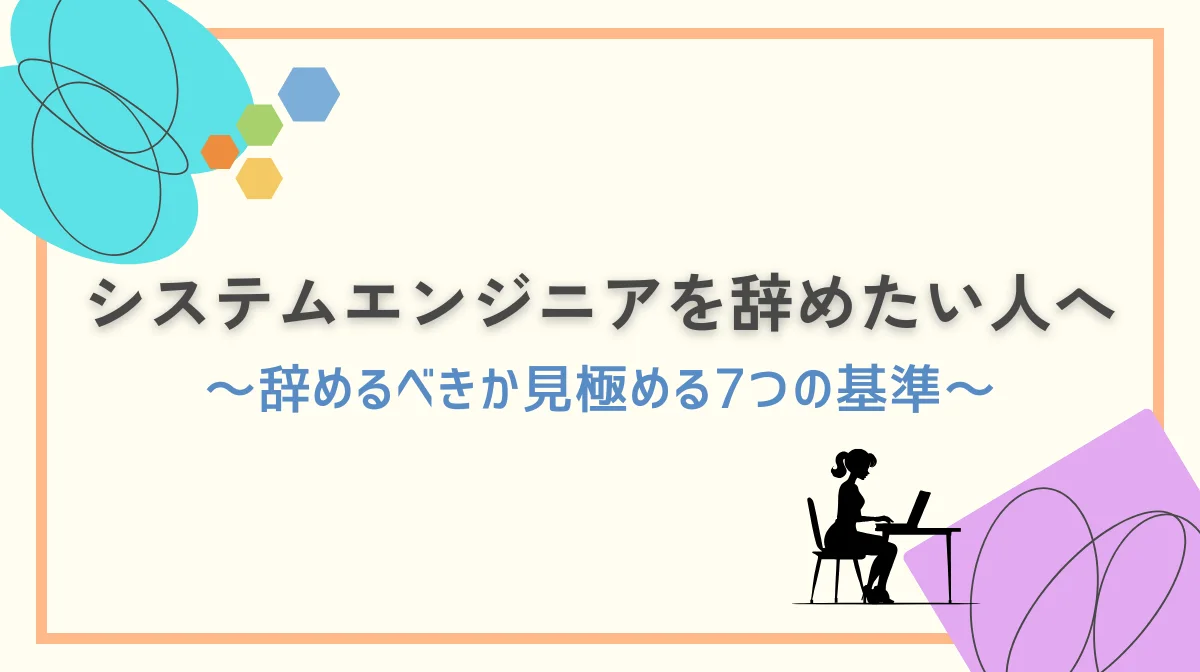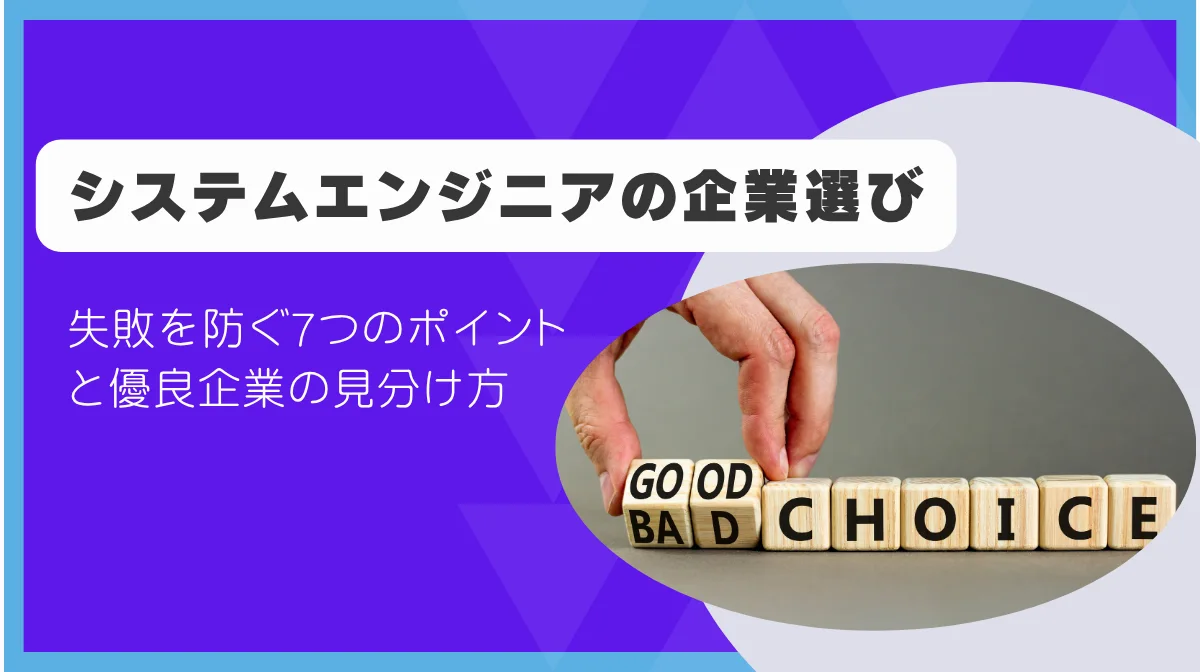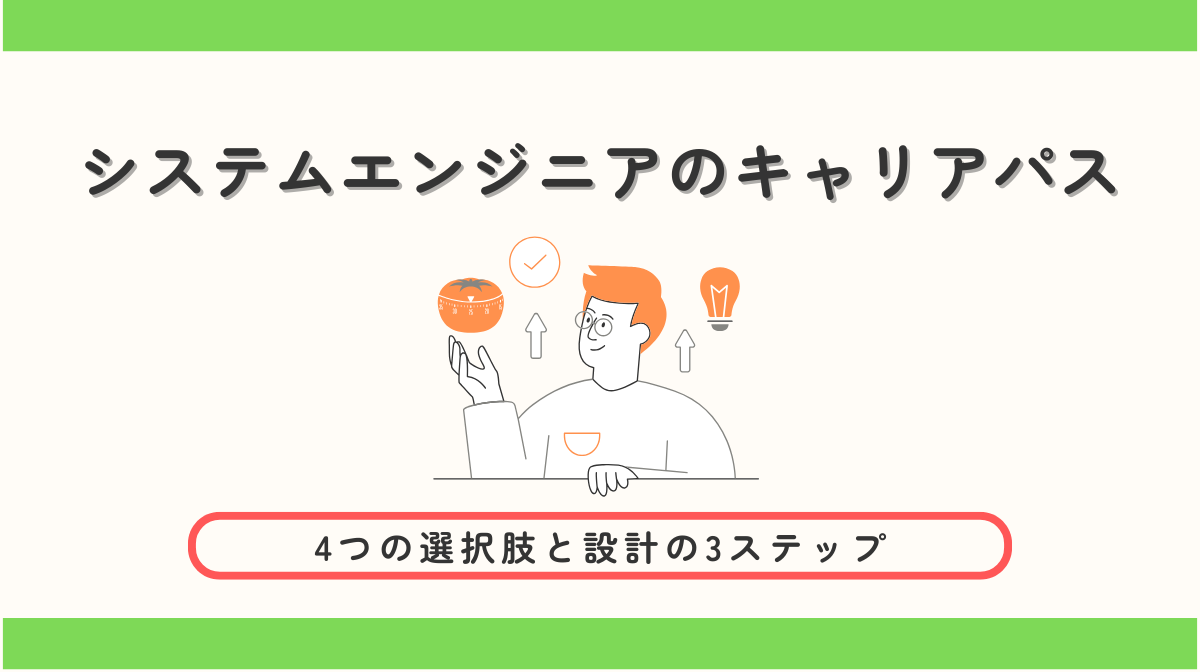Creating a resume is the crucial first step for foreign engineers considering a career move in Japan. While the unique Japanese resume format and cultural considerations might seem challenging at first, this comprehensive guide will walk you through everything you need to know to create an effective Japanese resume.
- Japanese resumes need specific formatting with photos.
- Technical skills and cultural adaptability are equally important.
- Specific career goals matter more than general interest in Japan.
1.Essential Documents for Job Applications in Japan

When job hunting in Japan, foreign engineers first encounter the challenge of preparing Japan-specific application documents. The two most crucial documents are the “rirekisho” (履歴書, resume) and the “shokumu keirekisho” (職務経歴書, detailed work history).
Understanding the Japanese Resume (Rirekisho/履歴書)
The rirekisho is a fundamental document that concisely presents your basic information and background. Japanese resumes have distinct characteristics and must follow a specific format.
They require a photo attachment and detailed personal information, including your educational background, work history in chronological order, address, and contact information. You’ll also need to list your qualifications and special skills.
For hiring managers, your resume forms their first impression of you, making it essential to provide accurate information that aligns with Japanese conventions.
Understanding the Work History Document (Shokumu Keirekisho/職務経歴書)
The shokumu keirekisho provides detailed information about your professional experience and skills.
For engineers, this document should specifically outline the projects you’ve worked on, including the technology stacks and development environments you’ve used.
It’s important to clearly indicate the team size, your role, and specific achievements or contributions in each project. This document allows you to effectively showcase your technical expertise and strengths to potential employers.
2.Key Resume Writing Tips for Foreign Engineers
Demonstrating Cultural Adaptability
Japanese companies value not only technical skills but also cultural adaptability.
Your resume should reflect your commitment to learning Japanese by mentioning your language studies and any relevant experience.
Previous work or study experience in Japan can be particularly valuable in demonstrating your understanding of Japanese culture and workplace norms.
Internship experience at Japanese companies can effectively show your ability to function in a Japanese workplace environment.
Writing Effective Free Response Sections
The free response sections of your resume require careful attention to detail and conciseness. When writing about your skills and accomplishments, focus on concrete facts rather than abstract expressions.
Create flowing sentences that connect your ideas naturally, avoiding excessive use of bullet points. Each item should be approximately 2-3 lines long, providing enough detail to be meaningful while remaining concise.
Explaining Your Interest in Working in Japan
Your motivation for working in Japan should be specific and convincing. Rather than general statements about Japanese culture, focus on your interest in specific technical fields or company initiatives within Japan’s IT sector.
Connect your career goals with the opportunities available at Japanese companies, demonstrating both your professional aspirations and your understanding of Japanese corporate culture.
■日本でエンジニアとしてキャリアアップしたい方へ
海外エンジニア転職支援サービス『 Bloomtech Career 』にご相談ください。「英語OK」「ビザサポートあり」「高年収企業」など、外国人エンジニア向けの求人を多数掲載。専任のキャリアアドバイザーが、あなたのスキル・希望に合った最適な日本企業をご紹介します。
▼簡単・無料!30秒で登録完了!まずはお気軽にご連絡ください!
Bloomtech Careerに無料相談してみる
3.Essential Information Sections
① Photo
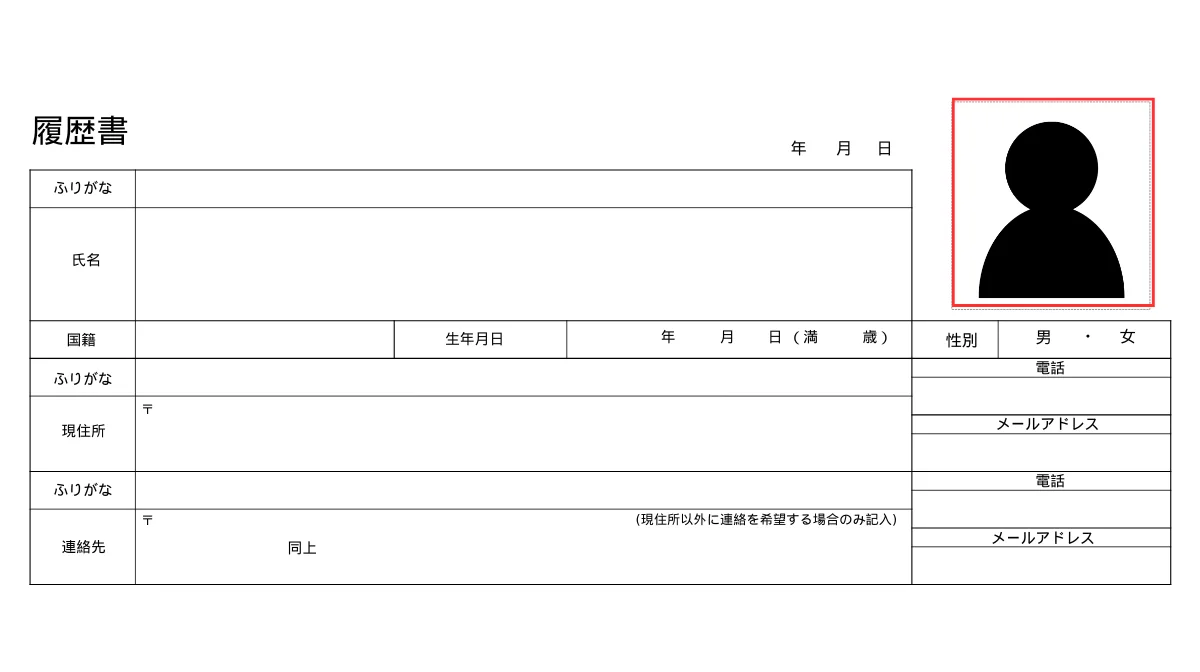
Your resume photo must be a professional ID photo wearing a suit. The photo should be taken within the last 3 months and have a white or light-colored background.
Face straight ahead with a natural expression. Remember, these elements are crucial factors that shape your first impression.
②Submission Date

Write the submission date on your resume using the Japanese calendar system, not the Western calendar. Update your resume if it’s more than 3 months old.
③Name
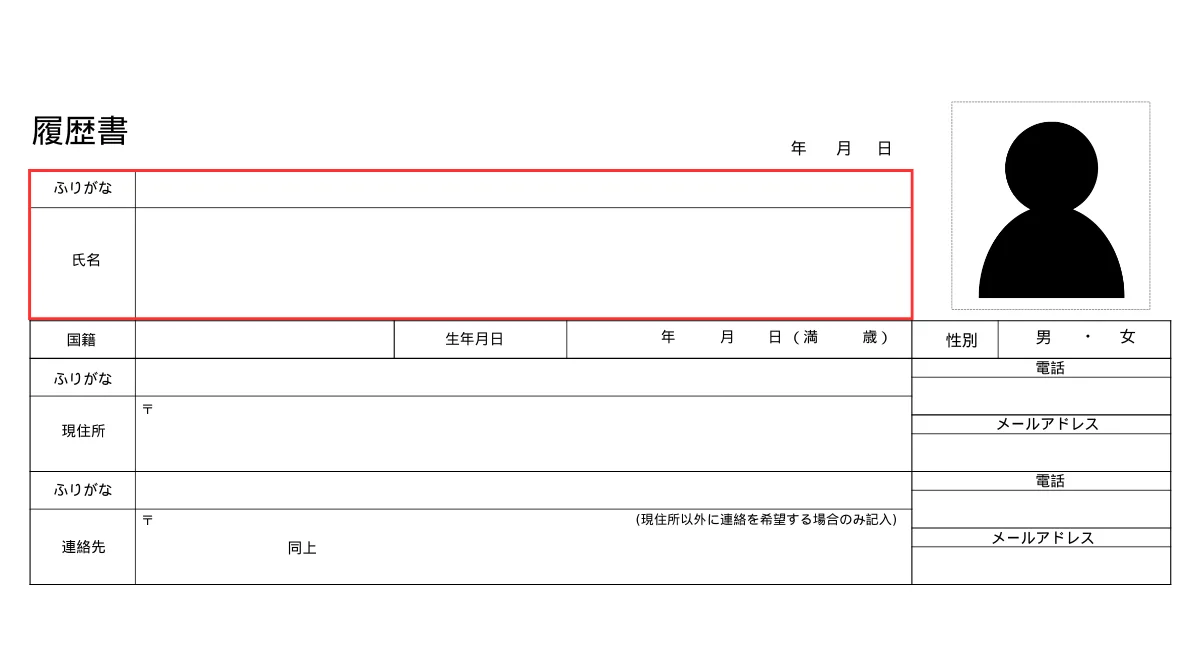
Write your full name in katakana. You may add Roman letters if needed. For Japanese companies’ reference, include your name’s pronunciation in hiragana.
④Nationality
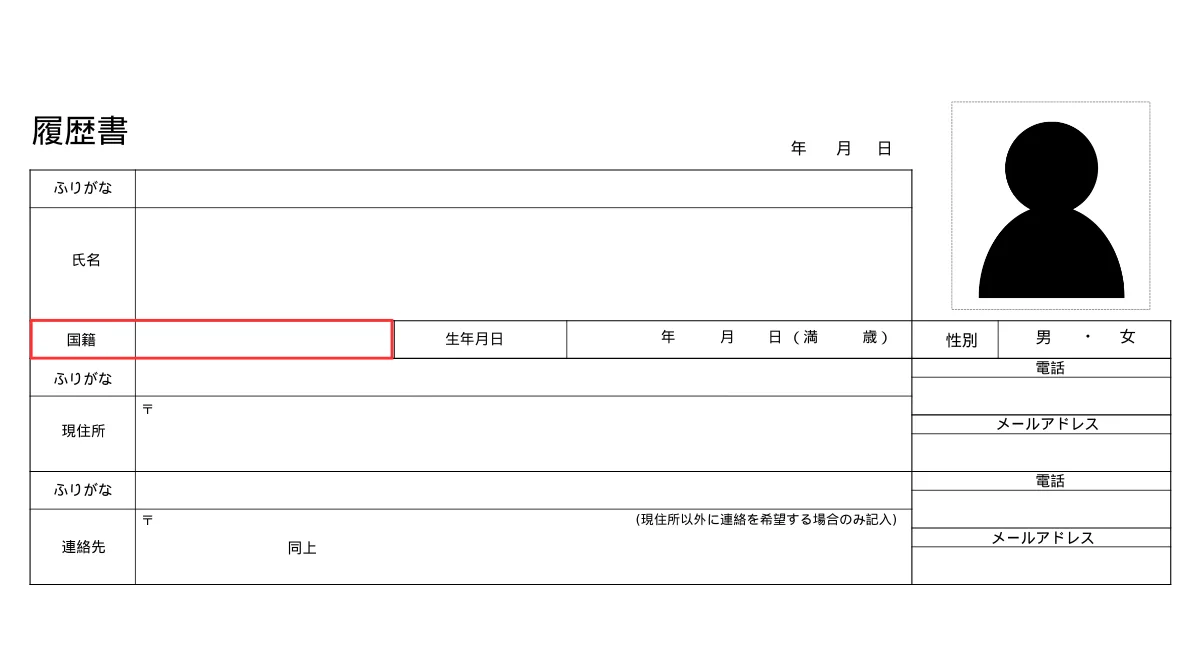
Write your nationality using the official country name in Japanese, not abbreviations. This is important for company paperwork.
⑤Date of Birth and Age
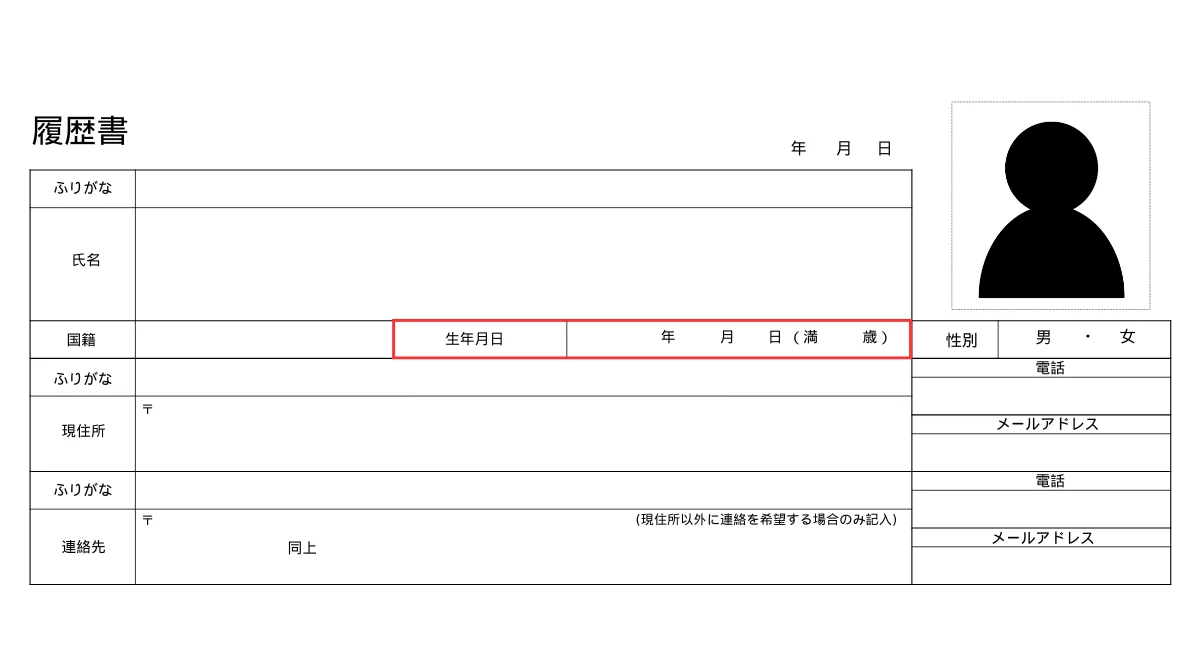
Write your birth date using the Western calendar and your current age at submission time. Be accurate, as this information is used for visa applications.
⑥Gender
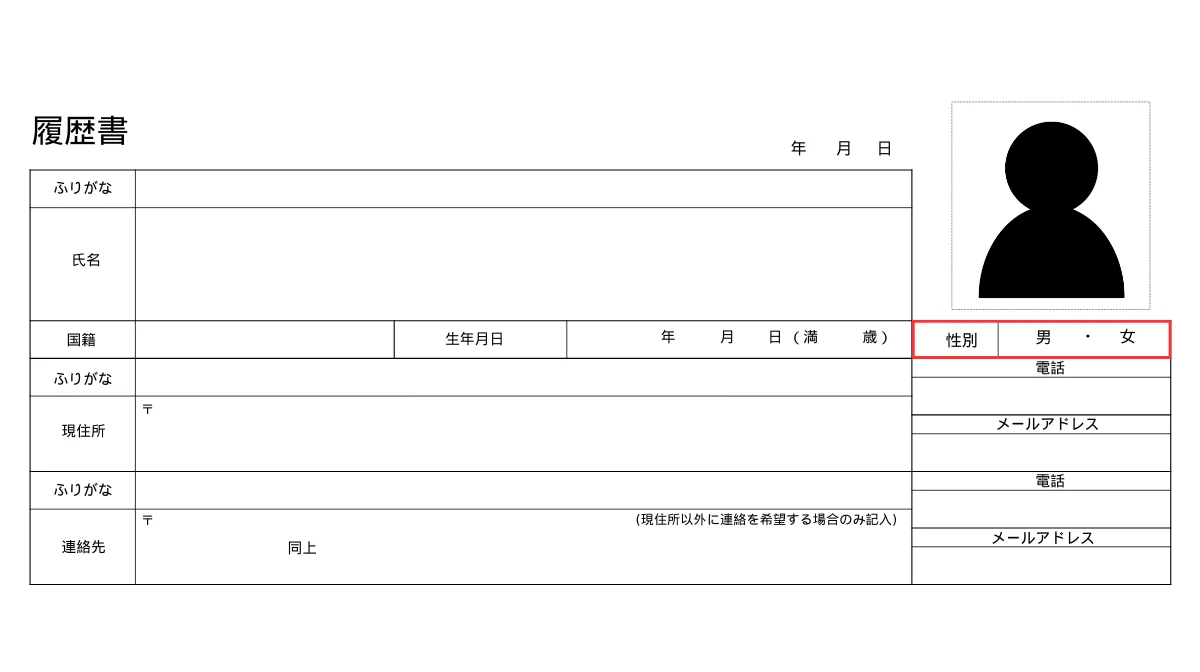
List your legal gender, marking the appropriate box. This is required for official documentation.
⑦Current Address

Start with the postal code for Japanese addresses. Write the complete address including building and apartment names. You can add Roman letters if needed.
⑧Phone Number
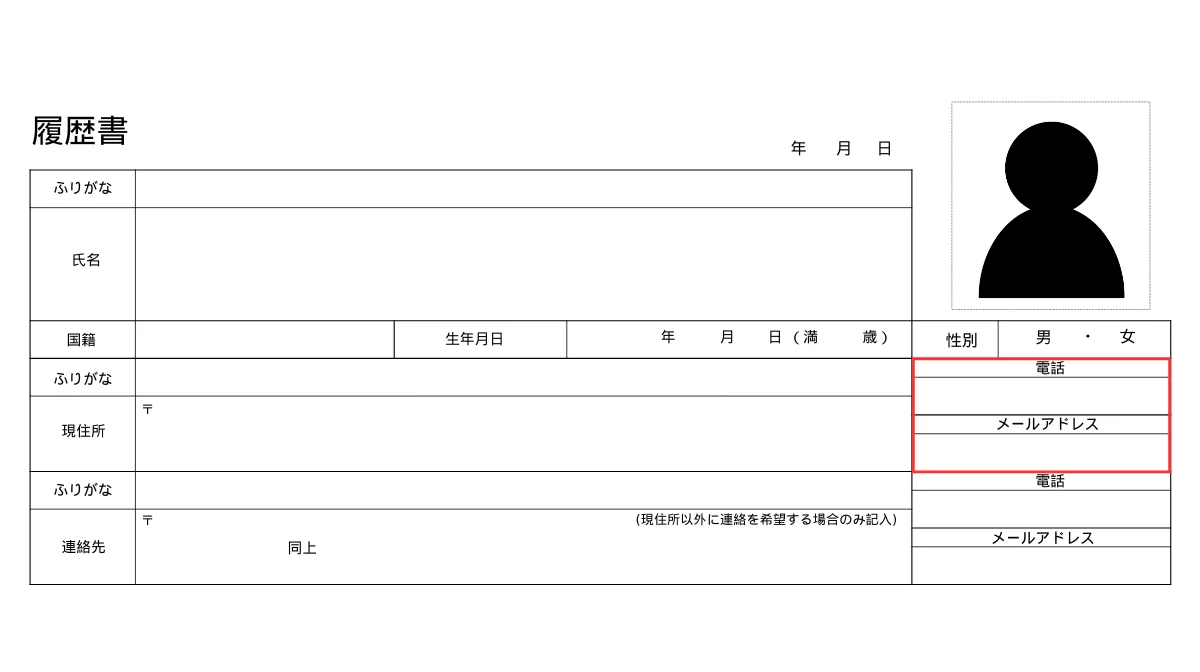
Provide a reliable contact number. Include country code for international numbers. When listing multiple numbers, indicate priority order.
⑨Email Address
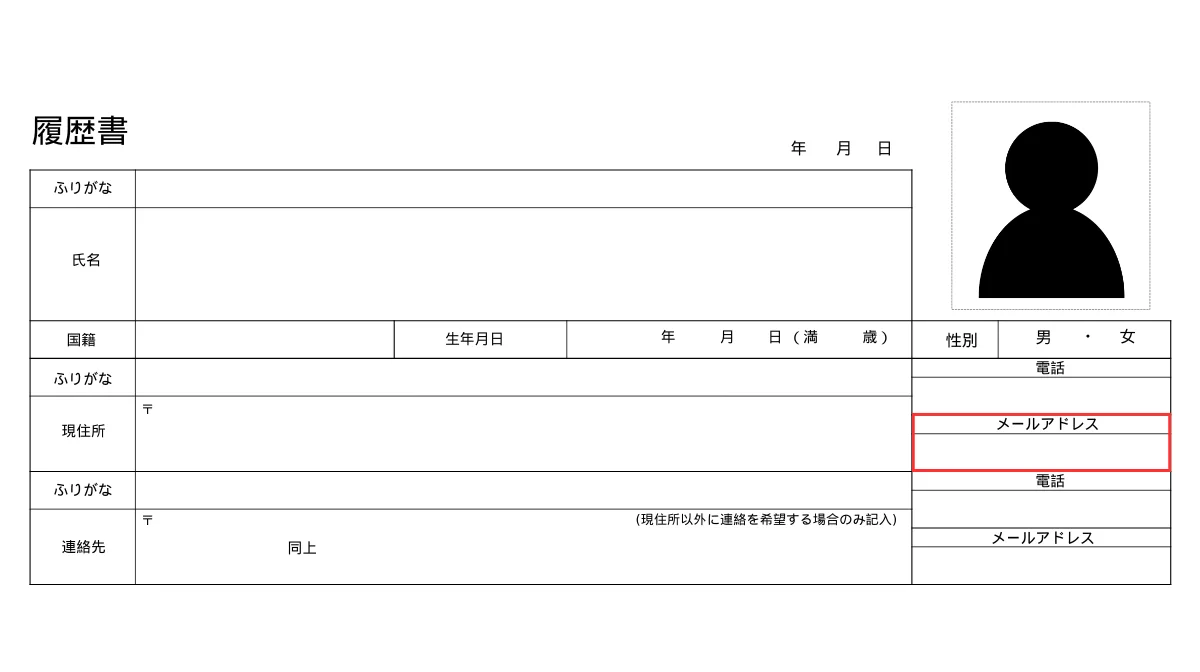
Use a professional email address. Choose a clear, simple address and verify it carefully.
⑩Alternative Contact

Only needed if different from current address. If temporarily abroad, specify this and provide reliable contact methods.
4.Education and Work History Section
Education History

List your educational background in reverse chronological order, starting with your most recent degree. Always use official school names, avoiding abbreviations.
Include exact enrollment and graduation dates, along with specific faculty and department names. If you studied abroad or attended Japanese language school, include these experiences separately.
For graduates from countries with different academic calendars (like September graduation in the U.S.), use the actual graduation date. For example: “September 2022 – Graduated from XX University” This approach is important because:
Japanese resumes require precise information, graduation certificates are needed for visa applications, and dates must match your official documentation. For clarity, you may add a note such as “September 2022 – Graduated from XX University (U.S. Academic Calendar)”
Work Experience
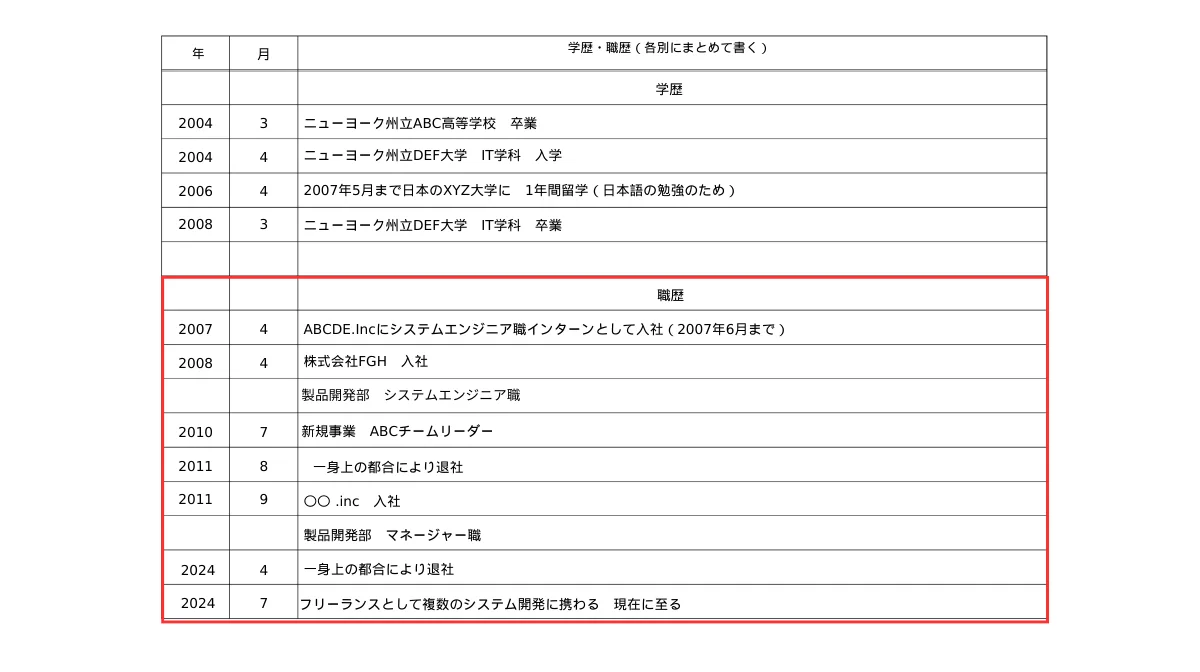
List your employment history chronologically, using official company names and including department names and positions.
Summarize job duties concisely. Unless there are special circumstances, write “personal reasons” for leaving previous positions. For current employment, end with “currently employed.”
■日本でエンジニアとしてキャリアアップしたい方へ
海外エンジニア転職支援サービス『 Bloomtech Career 』にご相談ください。「英語OK」「ビザサポートあり」「高年収企業」など、外国人エンジニア向けの求人を多数掲載。専任のキャリアアドバイザーが、あなたのスキル・希望に合った最適な日本企業をご紹介します。
▼簡単・無料!30秒で登録完了!まずはお気軽にご連絡ください!
Bloomtech Careerに無料相談してみる
5.Qualifications and Certifications Section

Professional Certifications
Focus on certifications relevant to engineering, including
| Category | Examples |
|---|---|
| IT Skills | Technical certifications |
| Programming | Language-specific certifications |
| Management | Project management credentials |
| Cloud Services | Platform-specific certifications |
Driver’s License
Specify whether you hold an international license or Japanese driver’s license. Include any plans to obtain a Japanese license.
Japanese Language Proficiency
Document your Japanese language abilities through
- JLPT (Japanese Language Proficiency Test) level
- BJT Business Japanese Proficiency Test scores
- Japanese language school attendance periods
- Other relevant language qualifications
Include practical Japanese experience such as internships at Japanese companies and collaborative projects with Japanese teams. Mention experience in technical documentation and presentations in Japanese.
Personal Characteristics and Interests
Discuss technology-related hobbies and team collaboration strengths. Include cultural exchange activities and ongoing self-improvement efforts to present a well-rounded profile.
6.Motivation and Career Goals

Your motivation statement should demonstrate deep understanding and enthusiasm for the company. Connect your technical interests with your career vision while explaining how you can provide specific value.
Rather than expressing superficial admiration for Japan, focus on concrete ways you can contribute to the company.
Mention specific areas where you can contribute and your long-term goals within the company. This creates a more convincing motivation statement that shows realistic future prospects.
7.Additional Important Sections

Special Skills and Self-Promotion
Present your technical expertise alongside your personal qualities. While describing your technical strengths and project successes, also discuss your teamwork capabilities and cross-cultural adaptation skills. Emphasize your commitment to continuous learning to show your growth potential.
Commute Time

Provide realistic commute times based on public transportation from your planned residence. Include any relocation plans to help with practical arrangements.
Family Information

Provide accurate information about dependents (excluding spouse), spouse’s employment status, and support obligations. This information is crucial for company benefits and administrative procedures.
8.Personal Preferences Section

In the preferences section, maintain flexibility while clearly stating your basic requirements. Use positive expressions to show your long-term vision and willingness to build good relationships with the company. Avoid excessive demands and leave room for constructive dialogue.
9.Common Mistakes and Prevention
Documentation Accuracy
Pay attention to proper use of Japanese and Western calendar dates, appropriate kanji usage, and correct honorific language. Ensure consistent formatting throughout the document. These elements demonstrate your attention to detail.
Cultural Considerations
Japanese corporate culture values modesty and group contribution. Show understanding of long-term commitment and Japanese values while choosing appropriate communication styles. Be mindful of cultural differences and use expressions that promote mutual understanding.
10.Conclusion
Your resume is a crucial tool for conveying both your technical capabilities and personality to Japanese companies. Focus on demonstrating understanding of Japanese corporate culture and adaptability, while appropriately highlighting your engineering expertise.
Use the points covered in this article to create a resume that reflects your unique qualities. With thorough preparation, you can take the first step toward your ideal career move. We hope this article serves as a valuable resource for foreign engineers seeking success in Japan.
■Related Reading
The following content introduces tips for creating resumes and CVs that will be useful for interviews with Japanese companies. Please use them as a reference.

